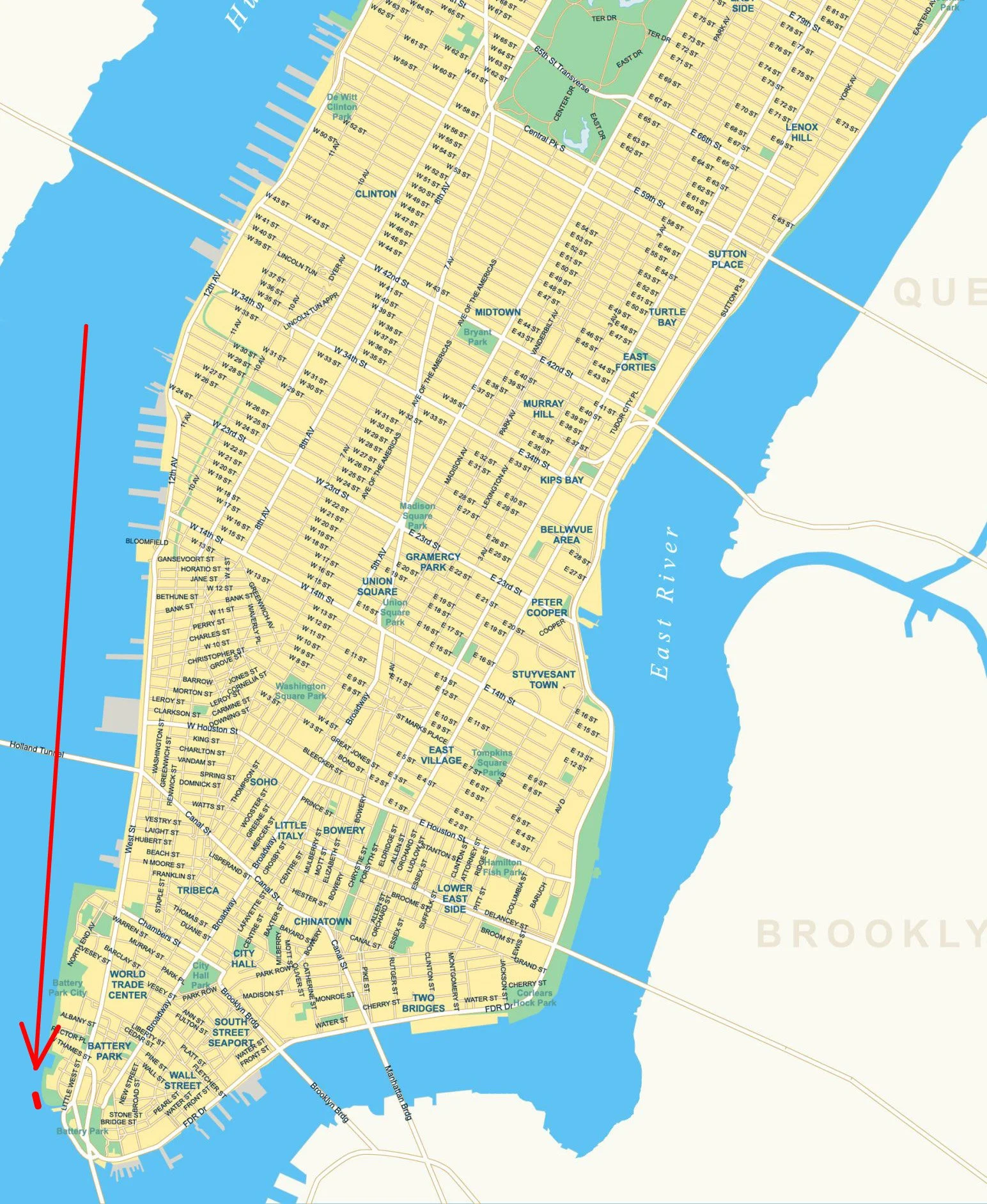The Climate Cult Takes On "Resiliency" In Manhattan
/Here in New York City, in the grip of the hysterical climate cult, we are undertaking a massive transformation of our energy system without anyone in authority having done the simple arithmetic to check whether the plans have any chance of succeeding. A big theme of this blog has been pointing out the obvious problems that mean that these “net zero” schemes can never work. But maybe it’s not really important whether they will ever work or not. Maybe the real point is just to spend a lot of (somebody else’s) money to show that you, somehow, “care.”
A very similar scenario is now playing out in the closely related category they are calling climate “resiliency.” The word means getting ready for the impending climate armaggedon. The armaggedon isn’t coming, of course, but we will anyway spend vast sums supposedly to show we are “doing something” about the problem. Whether the scheme in question might actually work is beside the point.
And thus a couple of days ago there debuted at the southern tip of Manhattan a completely remade Wagner Park. Wagner Park, originally opened in 1996 as part of the Battery Park City development, was previously just a pleasant waterfront lawn of about 3.5 acres. Then the eco-zealots came into the picture, and advocated that the park was at grave risk of inundation from the sea level rise attendant to anthropogenic global warming. The park needed to be raised up to save both itself and the larger inland areas of our fragile island.
About two years ago they began a massive earth-moving project to raise this park up about ten feet to stave off the sea. Now that the newly-renovated space has just re-opened, Steve Cuozzo at the New York Post has a piece reporting on the results, headline: “Wagner Park’s disastrous $300M eco-zealot makeover is an insult to downtown New York City.” Here is a picture from the Post of what the new space looks like:
You can see that the previous lawn has been mostly replaced by a series of terraces rising steeply from the waterfront. Cuozzo has nothing but harsh criticism for the aesthetics of the project:
The “new” Wagner Park in Battery Park City opened this week after a two-year closure and a nearly $300 million redesign. . . . Mature London plane trees were uprooted. The park’s central area was elevated 10 feet in order to conceal a buried flood wall. Much of the lawn was sliced and diced into a ziggurat of paver-surfaced ramps and stairs that have no clear entry points. The park’s once-level, river-facing side swelled into a stepped cliff of wooden, bleacher-like seats where I saw precious few users on two sunny afternoons this week.
And exactly why did they build this huge project to revamp a perfectly nice little park? Cuozzo:
Besides enriching a legion of architects, engineers and landscape designers, the mutant “park” is supposed to protect against a theoretical, worse-than-worst case, one-day-or-someday “100-year” flood caused by rising sea levels. In fact, no such catastrophe has ever occurred. The original park was so securely engineered that Wagner Park suffered no damage whatsoever when superstorm Sandy caused the city’s highest sea level rise ever recorded.
Cuozzo correctly belittles the idea that sea level rise caused by global warming is going to inundate Manhattan any time soon. But even if it were, this project would still be ridiculous. That’s because if the sea were to rise up, it would rise up everywhere, not just along this tiny stretch of downtown Manhattan.
The part of Manhattan south of Central Park, from 59th Street on the West Side to 59th Street on the East Side, is quite flat, with little elevation gain in the areas near the waterfront. (Above 59th Street the terrain is much hillier.). This southern part of Manhattan has about 10 miles of shoreline along the Hudson and East Rivers, all of it equally subject to flooding if the sea level were to rise. This Wagner Park project deals with only about 400 feet of this shoreline, or less than one percent. Here is a map of southern Manhattan showing the location and scope of this project:
The red arrow has been inserted to be sure that you can find the tiny red mark that indicates the portion of the shoreline represented by Wagner Park. So if the sea level were to rise up, how is that 400 feet of raised land going to prevent the water from coming inland along the rest of the 10 or so miles of waterfront?
So they have spent $300 million for a project that will inevitably fail at its stated mission, while ruining what was previously a perfectly nice park. This is not really much different from spending hundreds of billions of dollars on an energy transition that can’t possibly work. Or, for that matter, from spending a trillion or so dollars per year on the project to cure poverty, without ever putting a dent into the poverty rate.

